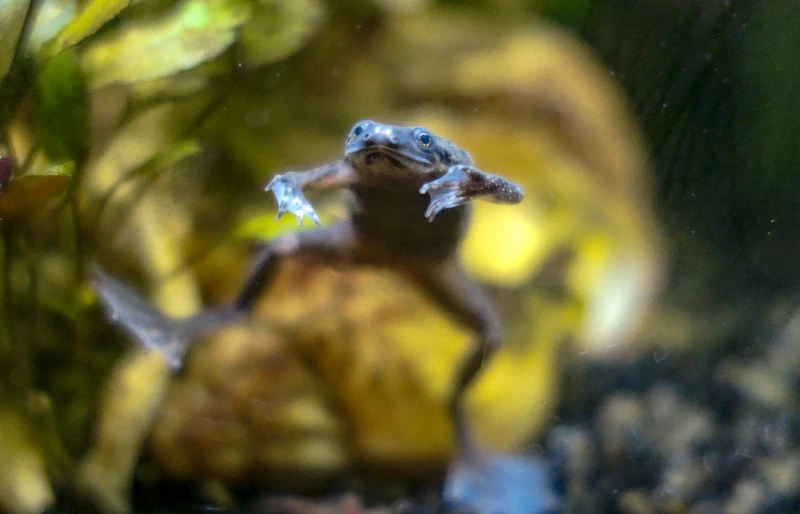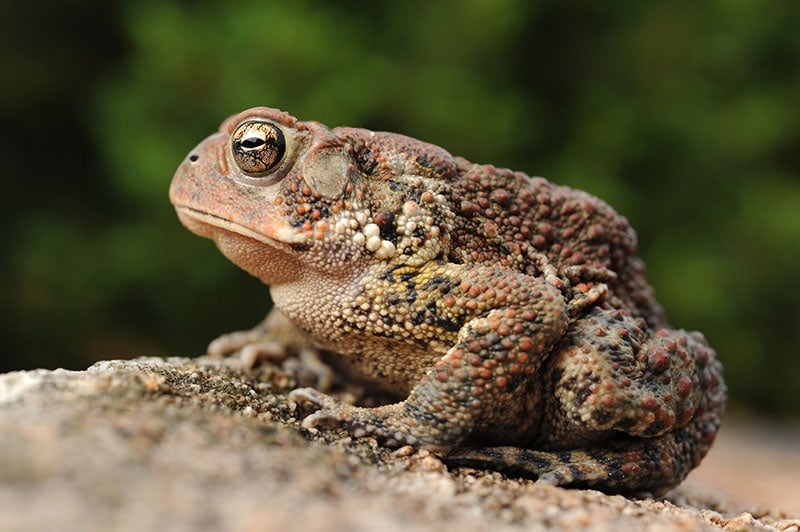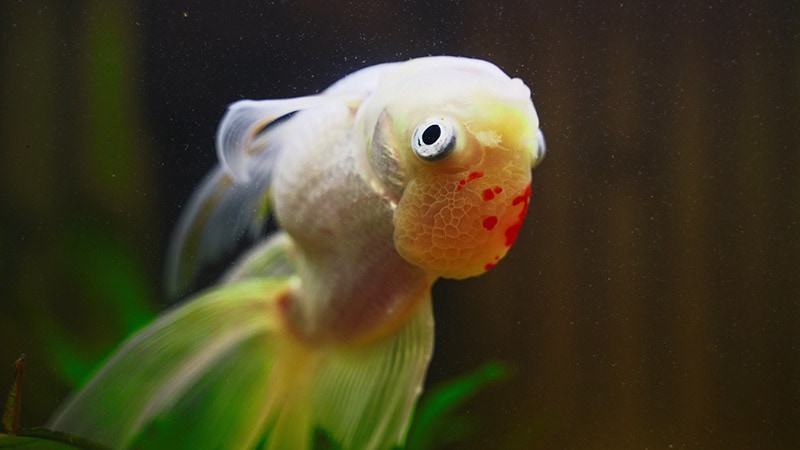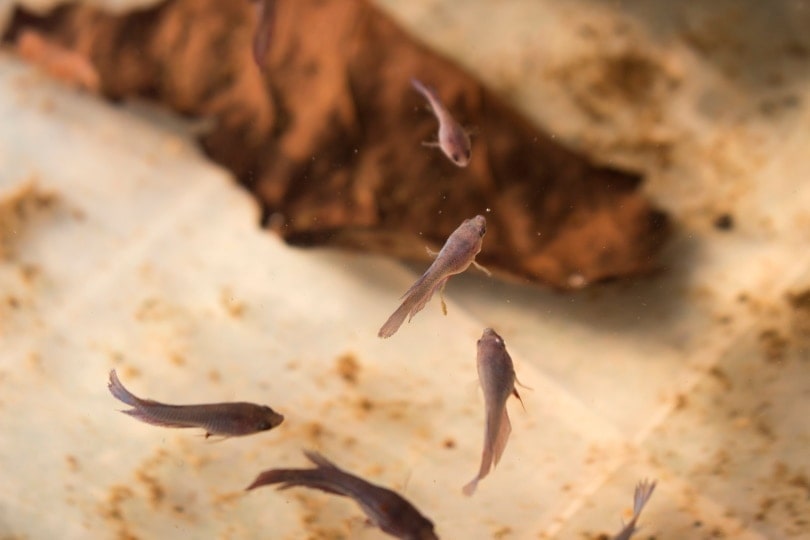Can Toads Regrow Limbs? Facts & FAQ
Updated on
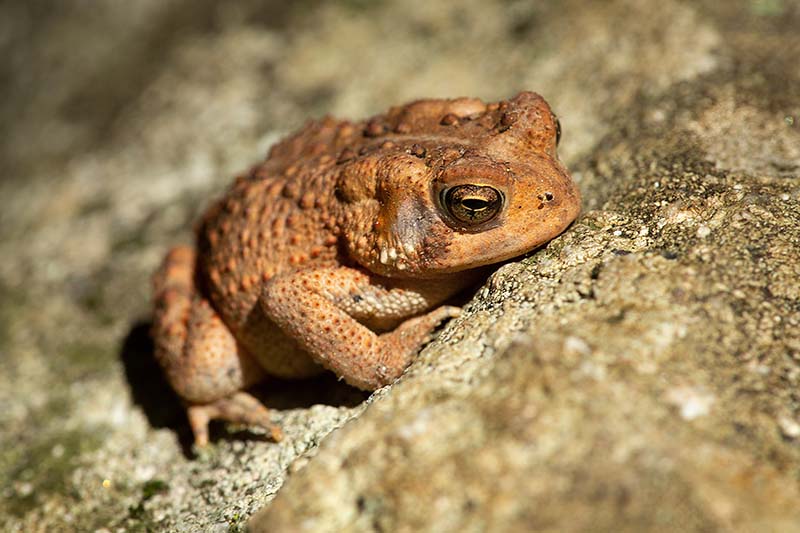
It’s incredible to think that there are animals out there that can regenerate body parts. Creatures like axolotls, chameleons, and starfish can regrow tails and limbs, and some can even regenerate organs. What about toads, though? Can they regrow limbs if they lose one to a predator?
As bizarre as it sounds, tadpoles and young toads can regenerate their hindlimbs, but once they reach adulthood, they no longer have the capacity to regrow their legs. Read on to learn more.

Toads vs Frogs
Before we delve any further into this topic, we figured we might as well address the age-old question: are toads and frogs the same?
The answer isn’t so simple, however. All frogs are toads, but not all toads are frogs. Both frogs and toads are amphibians and part of the order Anura. The difference lies in the creature’s skin type, location, and legs.
Those with smooth and moist skin are likely frogs, as toads have rough, dry, and bumpy skin. Frogs are most likely found near water because they need to keep their skin moist. Toads don’t need to be near water as their skin is better at retaining moisture than their frog counterparts. Finally, the hind legs of frogs are longer than the head and body as it allows them to leap far and swim faster.
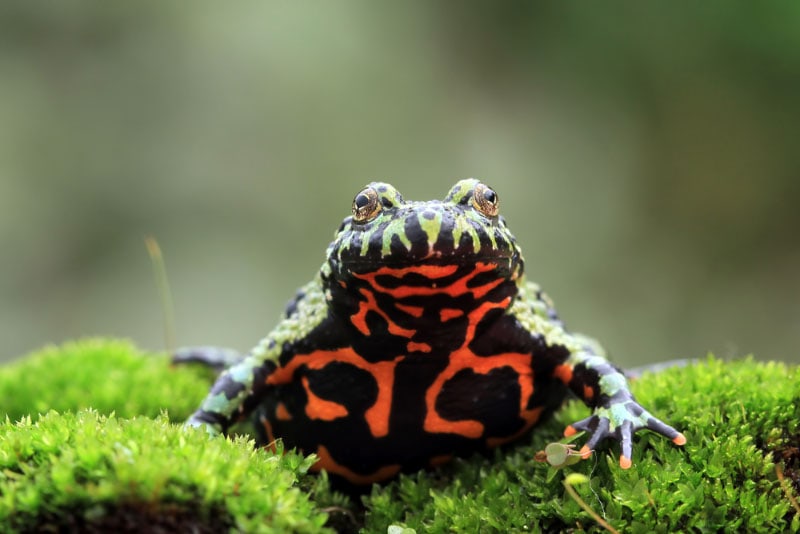
Can Toads Regrow Limbs?
Toad tadpoles can regrow lost limbs and tails. They require specialized epidermal cells for tissue regeneration to replace lost tails and limbs. Unfortunately, after the metamorphosis from tadpoles into adults, they lose the ability to regrow their limbs.
African clawed frogs may be an exception to this rule…kind of. They can regrow a spike-like appendage made of cartilage more like a talon than a leg. The new limb isn’t fully functional, however, so we don’t tend to think of this skill as the ability to regrow limbs.
Why Can’t Toads Fully Regrow Their Limbs?
When other amphibians, like axolotls, lose a limb, several different cell types migrate to the area to form a blastema. Blastema cells divide rapidly from the and supply the tissues required for the regenerated part. The stem cells that begin in the blastema allow all the missing tissues (bone, cartilage, ligaments, etc.) to regrow.
In the case of toads, the blastema cannot make the regenerative stem cells necessary for the regrowth of a limb. Scientists aren’t yet 100% sure why toads don’t have the same regenerative cells as their limb-regrowing cousins. It may be due to the nature of the toad’s cell composition or perhaps their immune systems. One study suggests that the ability to regenerate limbs depends on whether the creature carries a gene called the c-Answer.
It’s important to note that the new limb isn’t always the same as what was lost. A lizard that’s lost its tail can regenerate a new one that contains a cartilaginous tube instead of the vertebrae that were present in the original.

Scientists Can Help Toads Regrow Limbs
Though toads cannot naturally regrow limbs, a recent study showed that they can regain the ability to do so if they’re treated with a device containing regenerative chemicals. The regrown limbs can move and sense as well as their original legs.
The technique involved applying a cocktail of five drugs to a frog’s stump leg. They then sealed the medications with a silicone dome and left it on for 24 hours. After 18 months, however, the limb had regrown to the point of being almost entirely fully functional. The treated frogs could swim and respond to touch and even regrew several toes, though the webbing between them was not present.
This study was particularly groundbreaking as it suggests that maybe other animals have dormant regenerative skills that could be triggered if required. Though this doesn’t translate into human medicine because we don’t regenerate spikes like this frog species does when we lose a limb, it shows that regenerative processes can be produced after applying this specific cocktail of drugs.

Conclusion
Adult toads cannot regenerate limbs as their tadpole counterparts or other amphibian cousins. However, they can grow spike-like appendages where their limbs used to be, though it should be noted that these “extremities” do not act like the original limb. Additionally, lost limbs can be triggered to regrow in certain frog/toad species when a cocktail of drugs is applied to the appendages.
Featured Image Credit: Jeff Holcombe, Shutterstock


